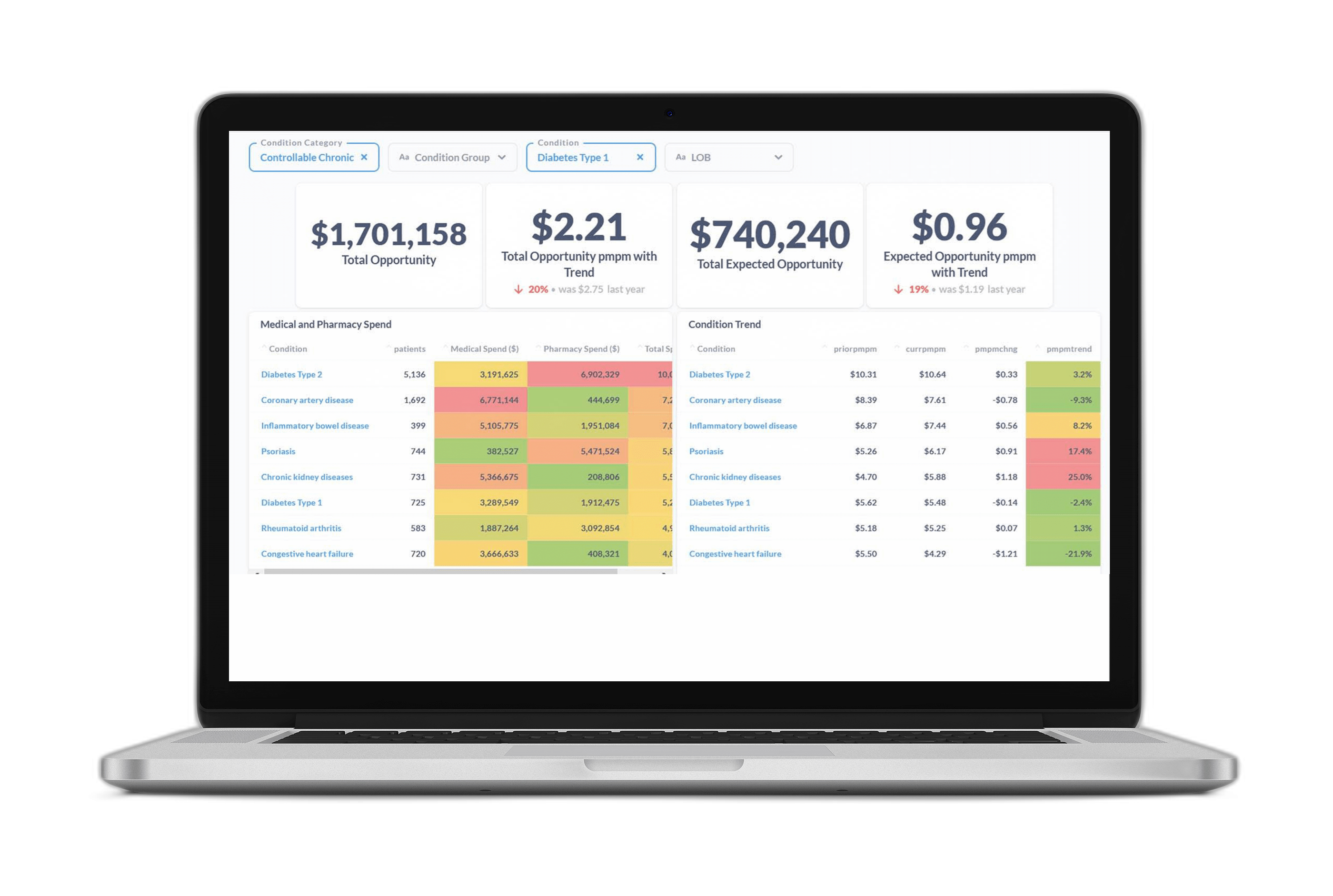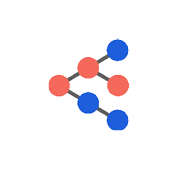These days, it seems like AI is being positioned as the answer to almost every problem in healthcare analytics—promising faster decisions, streamlined workflows, and smarter outcomes.
Sounds great, right? But how exactly does AI generate the insights and more importantly can they be trusted, especially when people’s health is on the line?
This element of trust has certainly been a contributing factor as to why the healthcare industry has been slower to adopt the use of AI-driven analytic tools compared to other sectors.
But trust isn’t out of reach. It can easily be built between an AI-driven solution partner and healthcare leaders when the analytic insights are grounded in sound, traditional healthcare logic and rules-based analytics.
Now, let’s take a closer look at why Certilytics has built our AI-driven solutions on these foundational analytics, why they are so important, and how they can help healthcare organizations embrace AI with confidence, ensuring decisions are compliant, responsible, and ultimately beneficial for both patients and the bottom line.
Rules-Based Analytics are a Reliable Starting Point
To start, rules-based analytics uses predefined logic, conditions, or “rules” to interpret data and generate insights or decisions. These rules are generally created by experts and are based on known standards, regulatory guidelines, clinical protocols, or business policies.
For example, if someone has two separate tests with a fasting blood glucose level of 126mg/ dL or higher, a flag is triggered for Type 2 Diabetes.
This rules-based approach is easy to understand, transparent, and grounded in clinical guidelines. This foundational layer brings structure and consistency to healthcare data analysis, making it indispensable for monitoring known risks and aligning with regulatory standards.
AI Builds on the Foundation of Rules-based Analytics
AI doesn’t replace rule-based systems—it enhances them. These clinically sound rules create a consistent baseline that AI can build upon and learn from.
AI enables quick analysis of vast amounts of structured and unstructured data, and it can uncover patterns that traditional rules might not see. For example, while a rule might flag a high A1C value, AI can identify subtle trends over time that can actually predict a patient’s risk of hospitalization, even when current values appear acceptable.
This allows healthcare organizations to move beyond static logic to a more nuanced understanding of patient risk, and it can be a catalyst for preventative clinical management programs, better treatment protocols, operational efficiency and better business management.
This combination of rules-based analytics and AI-driven analytics creates a hybrid model where healthcare business intelligence becomes not only more accurate but also more actionable.
Smarter, Not Harder: AI’s Advantage for Better Business Intelligence
One of AI’s most powerful contributions is making analytics work smarter, not harder. Rather than overwhelming data analysts with thousands of insights to comb through, AI can help prioritize the biggest opportunities for improving patient outcomes and improving business metrics.
For example, for those patients who might be flagged for being at risk of Type 2 diabetes, AI can be used to identify at-risk patients who are also most likely to respond positively to clinical program outreach. This allows healthcare organizations to take their limited resources and prioritize outreach to at-risk patients at the right time and those who are most likely to make improvements to minimize their disease risk.
AI Isn’t Enough to Shape Better Healthcare for All
AI is only as effective as the data and rules-based logic it’s built on. That’s why, when Certilytics set out to develop an AI-driven analytics solution specifically for healthcare, we knew that deep healthcare expertise was critical.
Generic, off-the-shelf AI models weren’t an option—because healthcare is uniquely complex. The way foundational analytic rules are designed can directly influence patient outcomes and healthcare costs. To build AI that healthcare leaders can trust, we started with what matters most: proven healthcare logic.
With this proven logic at the core of our solutions, Certilytics has long-standing partnerships with leading healthcare organizations across the country who use our predictive analytic insights every year to make important decisions for their business. For one partner, we leveraged our library of 1,000+ medical, financial and behavioral predictive models to identify 157,332 more at risk-members and increased program engagement more than 2.4-fold.
To learn more about the success we’ve had in helping healthcare organizations confidently embrace AI-driven intelligence, check out our Case Studies.






